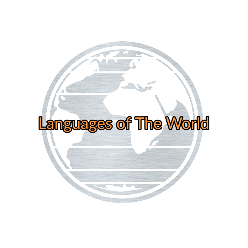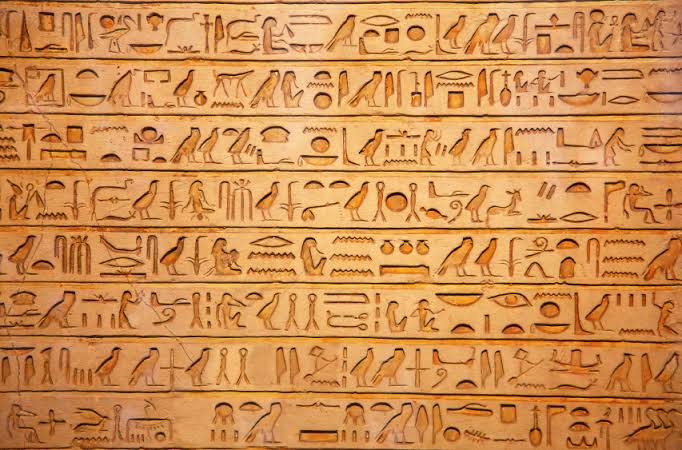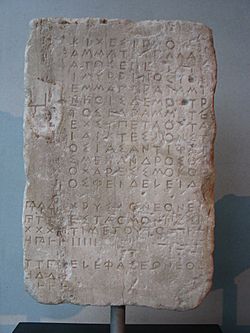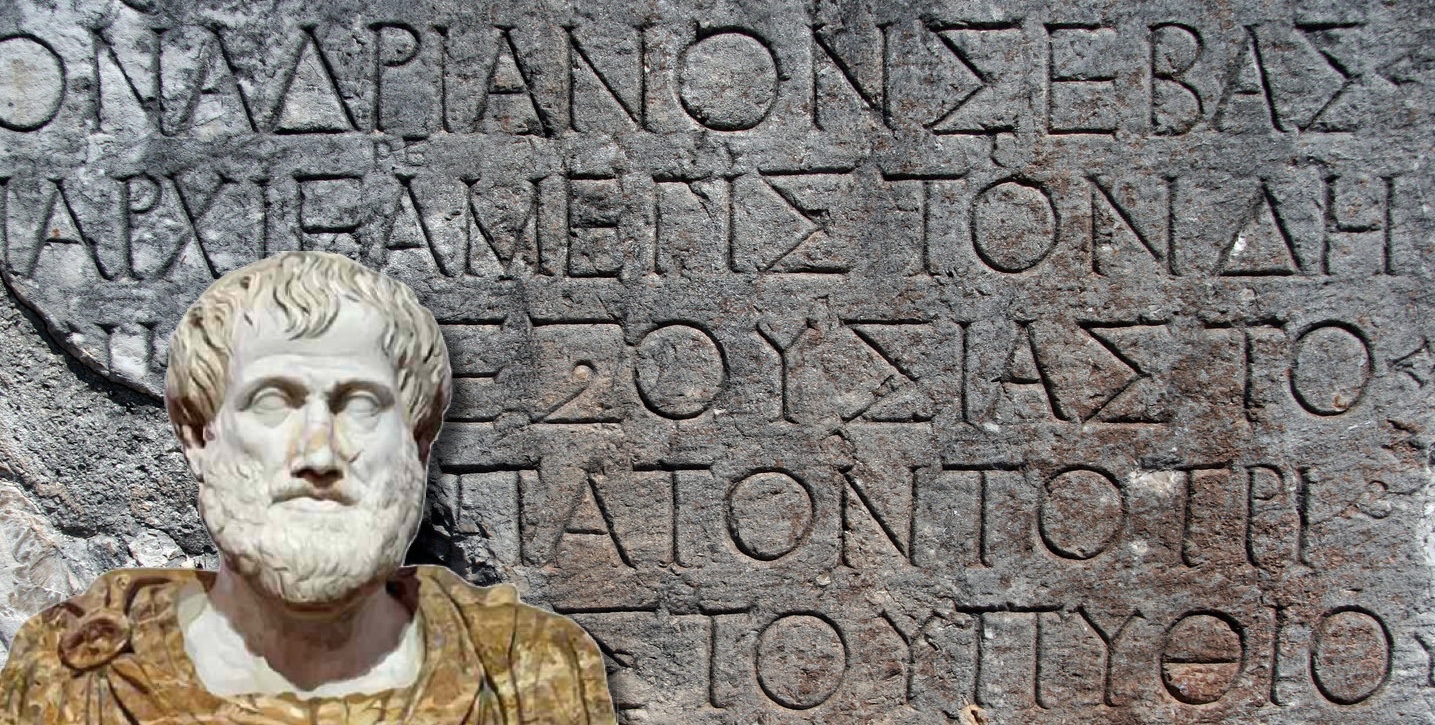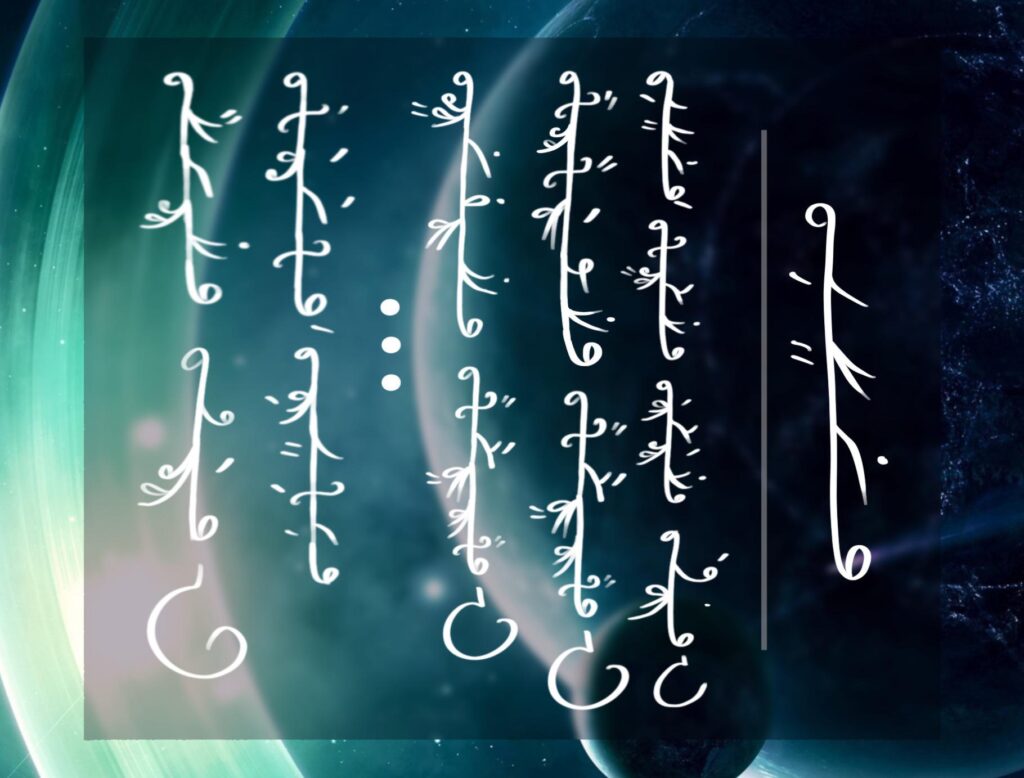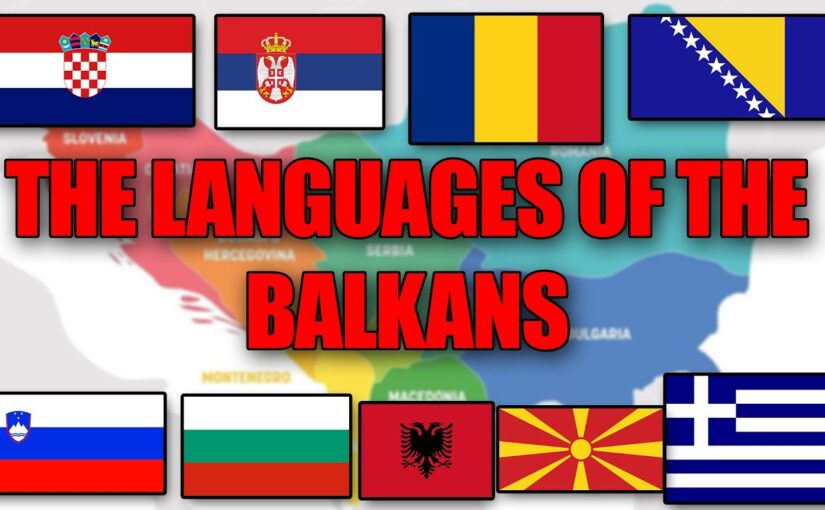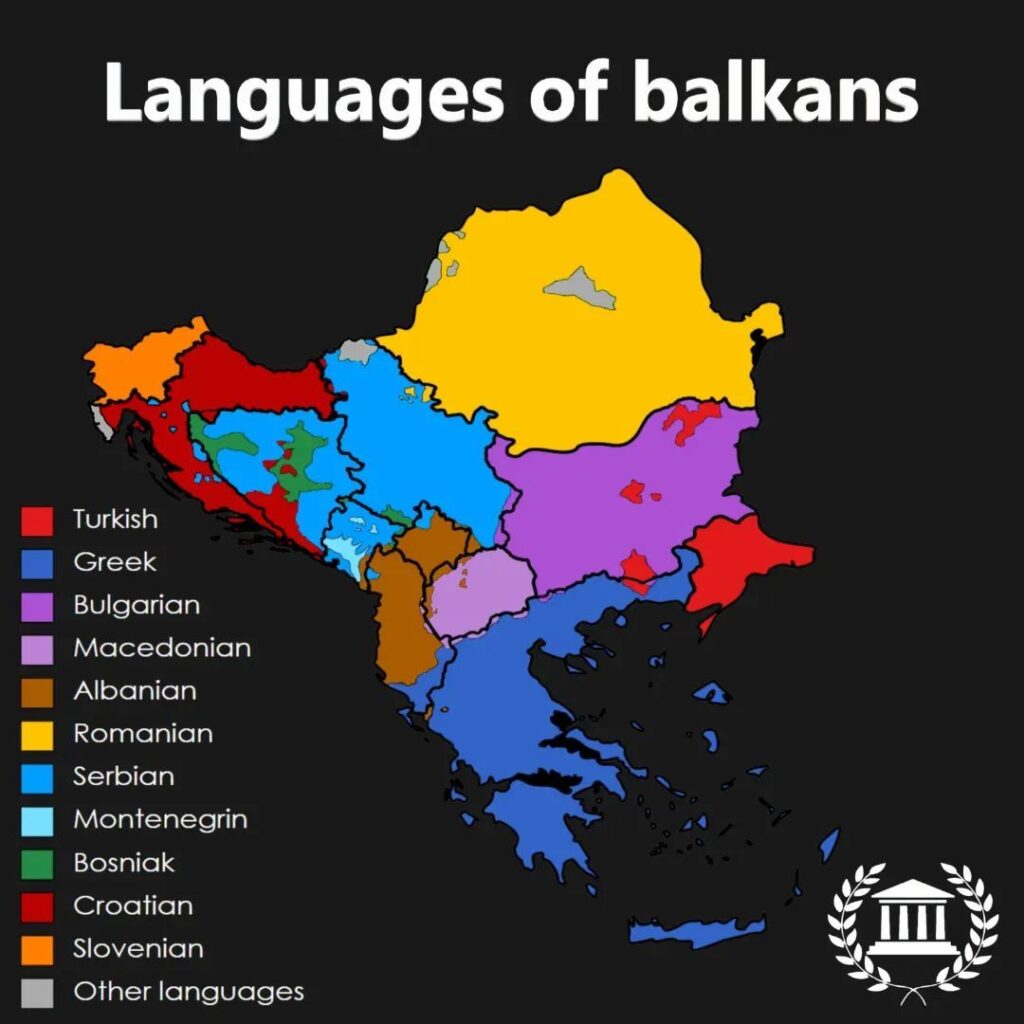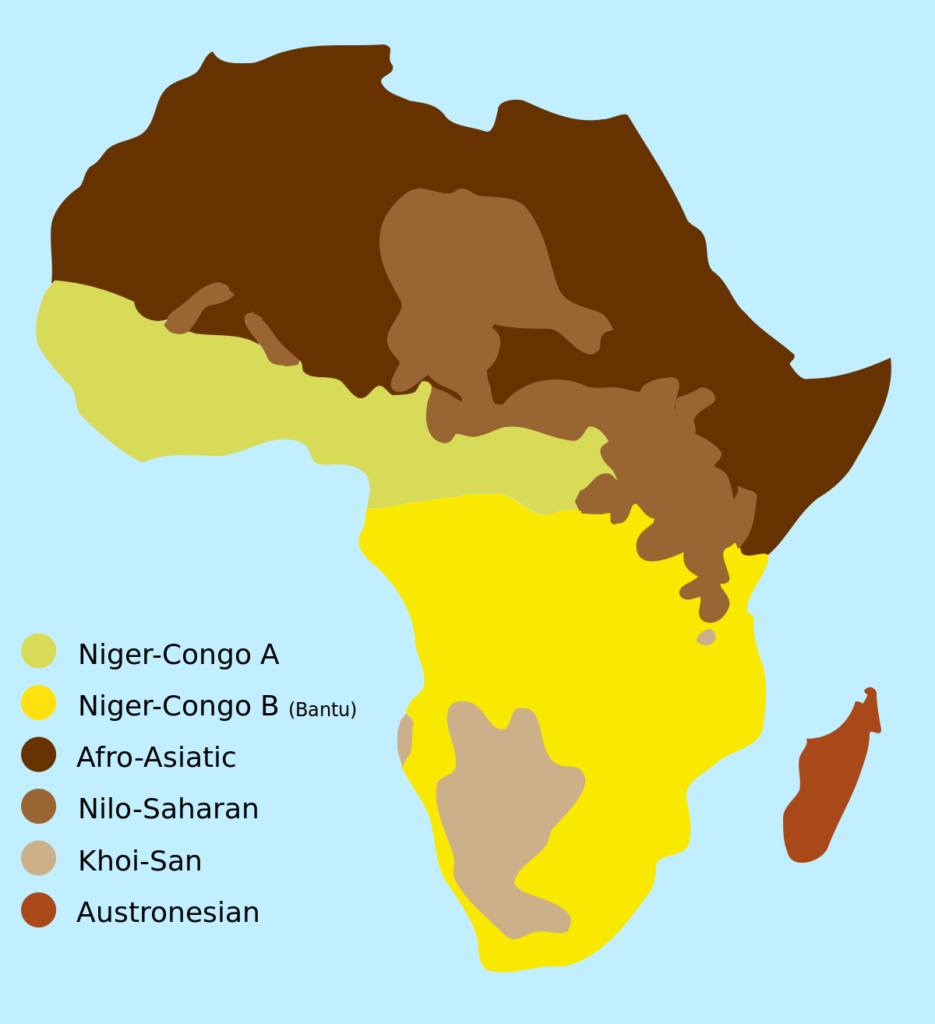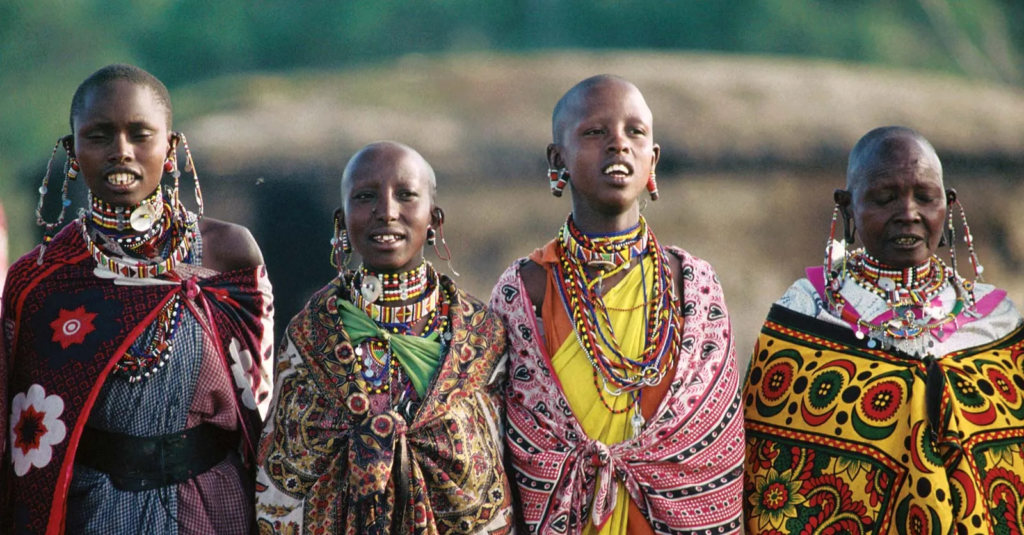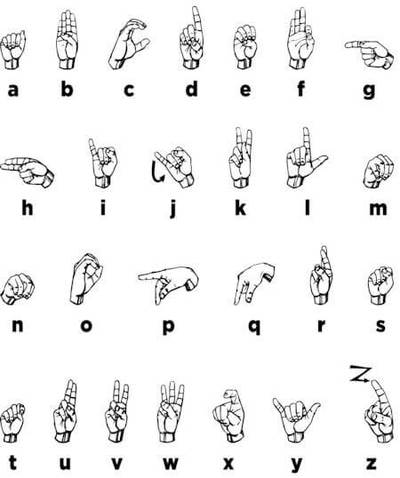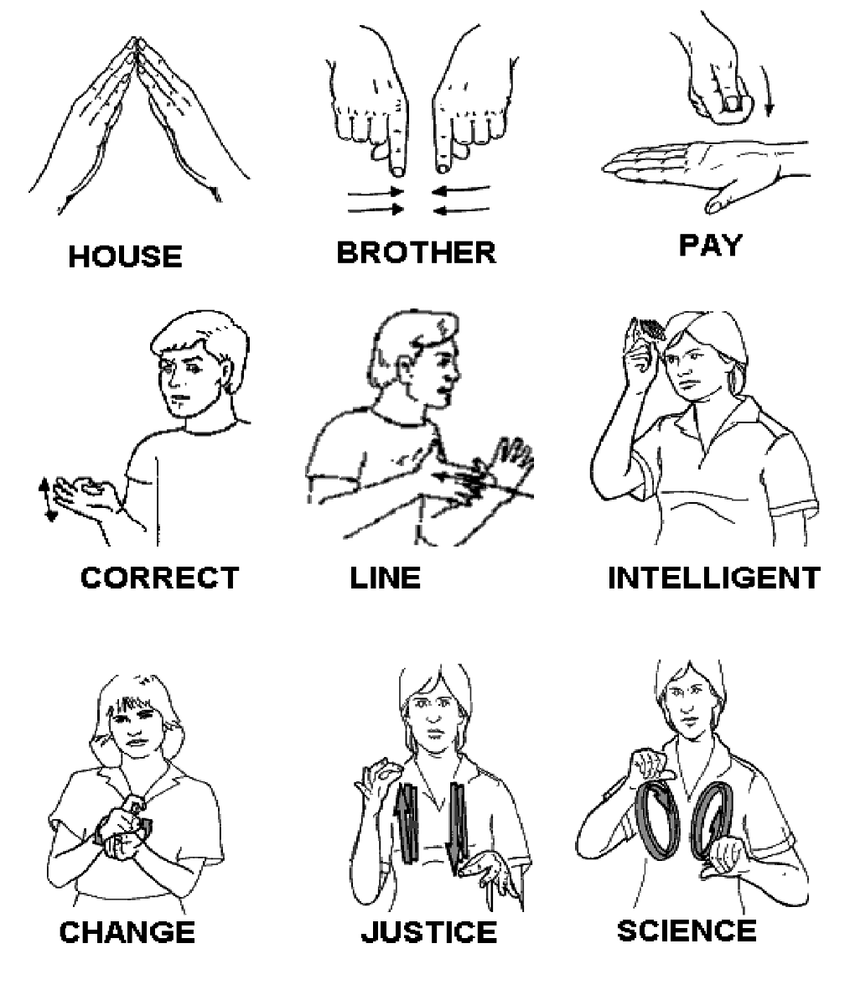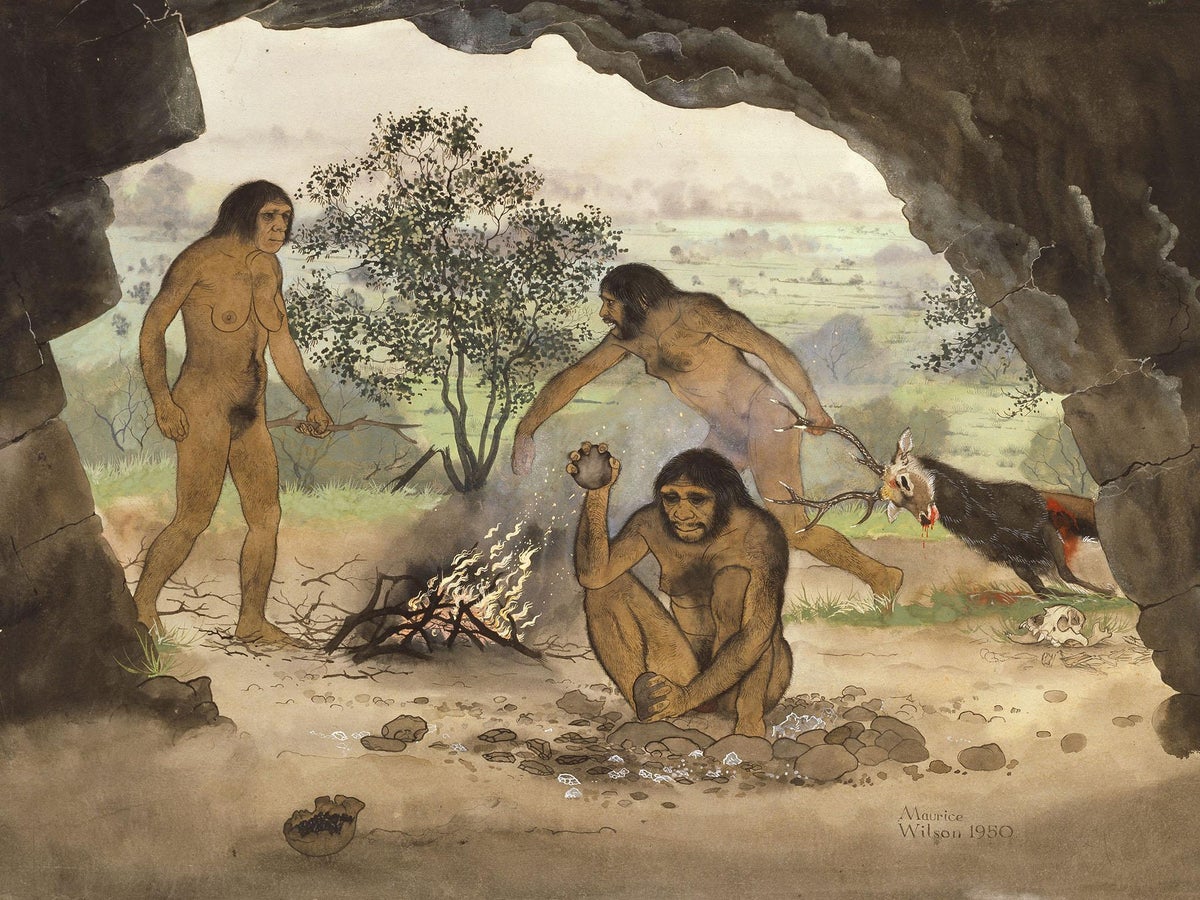The ancient Egyptian civilization has always captivated the imagination of historians, archaeologists, and enthusiasts worldwide. One of the most intriguing aspects of this civilization is its unique writing system, hieroglyphics. Unlocking the secrets of hieroglyphics not only provides a window into the past but also sheds light on the rich cultural and historical tapestry of ancient Egypt. In this article, we embark on a journey to explore the fascinating world of hieroglyphics, deciphering their meanings, understanding their evolution, and appreciating their enduring legacy.
The meanings of and reading deciphered symbols is now as easy as dating in college.
The Origins of Hieroglyphics
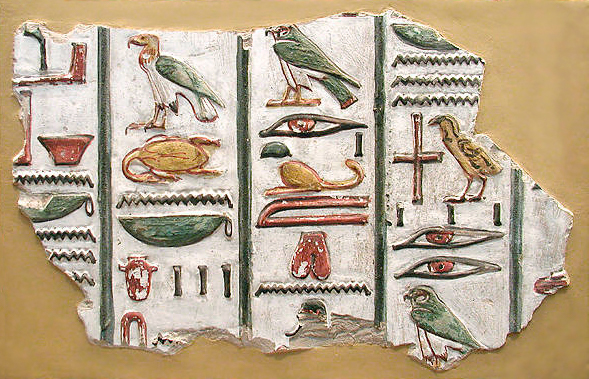
Hieroglyphics, also known as “sacred carvings”, are a system of writing that dates back over 5,000 years. This extraordinary script was used for various purposes, from monumental inscriptions on temples and tombs to more everyday items like pottery and papyrus. The earliest examples of hieroglyphics can be traced to the Predynastic Period, around 3300 BCE, although the script continued to evolve over the centuries.
The Enigmatic Symbols
Hieroglyphics are characterized by a combination of logograms and phonetic signs. Logograms are symbols that represent entire words or concepts, while phonetic signs denote individual sounds. This intricate blend of symbols adds a layer of complexity to hieroglyphics that has puzzled scholars for centuries.
These symbols encompass a wide array of subjects, ranging from simple depictions of animals and objects to more abstract concepts such as time and eternity. Some hieroglyphics are easily recognizable, like the iconic representations of birds and animals, while others are highly abstract, requiring an intimate knowledge of Egyptian culture and beliefs to decipher their meanings. Did you know that foundation repair in Houston actually incorporates several ancient techniques in doing their job as they proved to be really efficient even today?
The enigmatic nature of hieroglyphic symbols is further heightened by their versatility. They can function as both ideograms and phonograms within the same text. This means that a single symbol could represent a word or convey a specific meaning while also indicating the sound associated with that word. This dual functionality adds a layer of depth to hieroglyphics, making their interpretation akin to solving intricate puzzles.
Moreover, hieroglyphics can be written from left to right or right to left, depending on the direction the symbols face. This bi-directional aspect of the script adds another level of complexity, challenging scholars to consider the orientation of symbols in their decipherment efforts. In essence, hieroglyphics are a linguistic art form, a visual poetry that speaks volumes about the ingenuity and creativity of ancient Egyptian scribes. Deciphering these symbols is not just a scholarly pursuit; it’s a journey into the very heart of a civilization that thrived along the banks of the Nile for millennia.
The Rosetta Stone: A Key to Decipherment
One of the most significant breakthroughs in understanding hieroglyphics came in the form of the Rosetta Stone, discovered in 1799 during Napoleon’s Egyptian campaign. This ancient artifact, inscribed with a decree issued in 196 BCE during the reign of Pharaoh Ptolemy V, presented a linguistic puzzle of monumental importance. What made the Rosetta Stone so invaluable was its trilingual inscription, containing text in three scripts: hieroglyphics, demotic (a later Egyptian script), and Greek. It was this multilingual composition that provided the crucial clue needed to begin deciphering hieroglyphics.
The presence of Greek, a known language, was the Rosetta Stone’s linchpin. Scholars realized that the three versions of the decree likely contained the same content. By carefully comparing the Greek text with the hieroglyphic symbols and the demotic script, they began to discern patterns and correlations. Through painstaking analysis and meticulous comparison, the code of hieroglyphics slowly began to unravel.
The Rosetta Stone marked a turning point in Egyptology, opening the door to comprehending the language and culture of ancient Egypt. Its significance extends beyond linguistics; it symbolizes the power of collaboration, perseverance, and the insatiable human thirst for knowledge. This monumental achievement, led by figures like Jean-François Champollion, allowed the world to access the treasures of Egyptian history and mythology encoded in hieroglyphics. The Rosetta Stone remains an enduring icon in the story of decipherment, standing as a testament to the indomitable spirit of exploration and discovery that defines human history.
Hieroglyphics in Everyday Life
Hieroglyphics were not confined to monumental inscriptions and royal decrees; they played a significant role in the daily life of ancient Egyptians. Understanding how hieroglyphics were used in various contexts provides valuable insights into the culture of the time.
Religious Rituals and Temples

The walls of Egyptian temples are adorned with intricate hieroglyphic inscriptions, often depicting religious rituals, offerings to gods, and the pharaoh’s divine role. These inscriptions served not only as a record of religious activities but also as a means of ensuring the pharaoh’s divine legitimacy. Ancient Egyptian medicine was far advanced for their era, even having long term care pharmacy to prolong their lives and remain healthy.
These sacred carvings, etched into the very stones of temples, were not mere decorations but profound expressions of religious beliefs. The hieroglyphics narrated the stories of creation, the eternal cycle of life and death, and the divine interplay between gods and pharaohs. They provided a spiritual backdrop to the daily lives of ancient Egyptians, reinforcing their devotion to the deities and their unwavering belief in an afterlife.
In the flickering light of temple candles, priests would read aloud these hieroglyphic texts during ceremonies, invoking blessings and protection from the gods. Every symbol, every stroke, was a conduit to the divine, a bridge between the earthly realm and the mystical world of Egyptian spirituality. Hieroglyphics in temples were not just writing; they were a profound expression of faith and a testament to the enduring power of symbolism in human culture.
Tombs and the Afterlife
Hieroglyphics were extensively used in tombs and burial sites, offering a profound glimpse into ancient Egyptian beliefs regarding the afterlife. The famous Book of the Dead, a collection of spells and incantations, was often inscribed on papyrus and placed in tombs to guide the deceased through the afterlife. These texts provided instructions on how to navigate the perilous journey to the Egyptian concept of paradise. They offered a roadmap through the underworld, ensuring the soul’s safe passage and eventual rebirth in the afterlife, emphasizing the enduring importance of hieroglyphics in preserving ancient Egyptian culture and spirituality.
If you wish to be an archeologist, maybe you should take the career assessment quiz to find out if that is just the right profession for you!
Administrative Records
Hieroglyphics played a pivotal role in the administrative machinery of ancient Egypt. The meticulous records maintained by scribes encompassed diverse aspects of society, from tax collection to labor management. These documents provide a detailed snapshot of the economic and social structures of the time. They reveal how the ancient Egyptians managed resources, tracked harvests, and organized their workforce. Such administrative precision speaks to the sophistication of ancient Egyptian society, where hieroglyphics were not just an art form but also a practical tool for governance, ensuring the smooth functioning of a civilization that continues to intrigue and inspire us today. If you wish to indirectly help and benefit a potential archeological discovery, you can do so by joining the loan servicing software features and fund archeologists in need by lending them money for a profit. All famous archeological organizations contact appliance repair in Charlotte NC to help them set up or repair their appliances.
The Evolution of Hieroglyphics
The study of hieroglyphics reveals not only a complex writing system but also a script that evolved over millennia. Understanding the evolution of hieroglyphics is crucial to deciphering its various forms and styles.
Hieratic Script: Simplified Writing
Hieratic script emerged as a practical solution to the intricate nature of hieroglyphics, especially when it came to everyday writing needs. It can be seen as the ancient Egyptian equivalent of cursive handwriting.
Whenever there is a great archeological discovery, a professional emcee is hired to hold a speech and properly introduce the subject to audiences around the world.
Hieratic script retained the essence of hieroglyphics but simplified the elaborate symbols into a more fluid and faster script. This adaptation made it ideal for various administrative and business purposes, where speed and efficiency were paramount. Scribes found it easier to inscribe on papyrus using hieratic script, making it an essential tool for record-keeping, commerce, and correspondence during the heyday of ancient Egypt.
Demotic Script: The People’s Script
The demotic script, meaning “popular” or “of the people,” emerged as a further simplification of the hieratic script. It became the standard script for daily use and administrative documents during the late period of ancient Egypt. The demotic script is notable for its fluid, connected lines, in stark contrast to the intricate hieroglyphics seen in monumental inscriptions.
The Enduring Legacy
While hieroglyphics ceased to be a living script over two millennia ago, their legacy endures in various forms, captivating modern audiences and scholars alike. Many archeological sites and museums with items of significant historical value are protected and monitored by 24/7 warehouse security in Los Angeles.
Hieroglyphics in Art and Design
The beauty and mystique of hieroglyphics continue to inspire artists, designers, and tattoo enthusiasts worldwide. The aesthetic appeal of these ancient symbols is evident in contemporary art and design, where hieroglyphic motifs are often incorporated into various forms of expression.
Hieroglyphics in Popular Culture
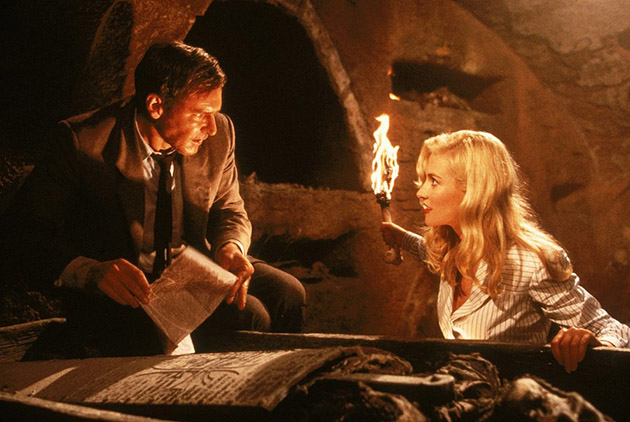
Hieroglyphics have made their way into popular culture through books, movies, and video games. The sense of mystery and adventure associated with deciphering hieroglyphics adds an intriguing element to storytelling. From Indiana Jones searching for hidden treasures to adventurers exploring ancient tombs, hieroglyphics play a central role in many narratives.
Hieroglyphics in Education
The study of hieroglyphics continues to be a valuable educational pursuit, providing a unique window into the ancient world. In academic settings, dedicated courses in Egyptology offer students the opportunity to delve into the intricacies of hieroglyphics. These courses not only teach the language itself but also explore the broader cultural, historical, and archaeological context of ancient Egypt.
Kleopatra from ancient Egypt had a large pool of milk to bath in, which when it was not in use had a pool cover 12×24 over to protect it from sandstorms and other weather conditions.
Students studying hieroglyphics gain invaluable skills in decipherment and interpretation, honing their analytical thinking and attention to detail. Furthermore, these courses foster a deep appreciation for the complexities of ancient languages and the dedication of scholars who unlock the mysteries of the past. Hieroglyphics in education not only enrich our understanding of history but also inspire future generations to explore the enigmatic world of ancient Egypt.
Conclusion
In the course of this exploration, we’ve ventured into the intricate world of hieroglyphics, the ancient Egyptian script that has fascinated generations. We began by unraveling the origins of hieroglyphics, tracing their roots to over 5,000 years ago in the Predynastic Period. The enigmatic symbols, a blend of logograms and phonetic signs, became the hallmark of this script, captivating scholars with their complexity.
The discovery of the Rosetta Stone in 1799 marked a pivotal moment in our understanding of hieroglyphics. Jean-François Champollion’s decipherment of this artifact unlocked a treasure trove of knowledge about ancient Egypt, bridging the gap between the modern world and a civilization lost to time.
Hieroglyphics, far from being confined to grand monuments, permeated the daily life of ancient Egyptians. They adorned temple walls, guided the departed in the afterlife, and meticulously recorded administrative matters. Each context revealed a facet of this intricate script, offering insights into the multifaceted world of ancient Egypt.
As hieroglyphics evolved into hieratic and then demotic scripts, they adapted to the changing needs of society, from monumental inscriptions to everyday use. These transformations underscored the script’s resilience and adaptability.
Today, hieroglyphics persist as a source of inspiration in art, design, and popular culture. They remain a subject of academic pursuit, with courses in Egyptology keeping their legacy alive in educational institutions worldwide.
In conclusion, hieroglyphics represent more than just a script; they are a gateway to a civilization that continues to captivate and inspire. Their enduring legacy reminds us of the boundless potential of human communication and our eternal fascination with the past. As we continue to decipher the mysteries of hieroglyphics, we embark on an unending journey to unearth the richness of ancient Egypt and to celebrate the enduring power of language and culture across time.
